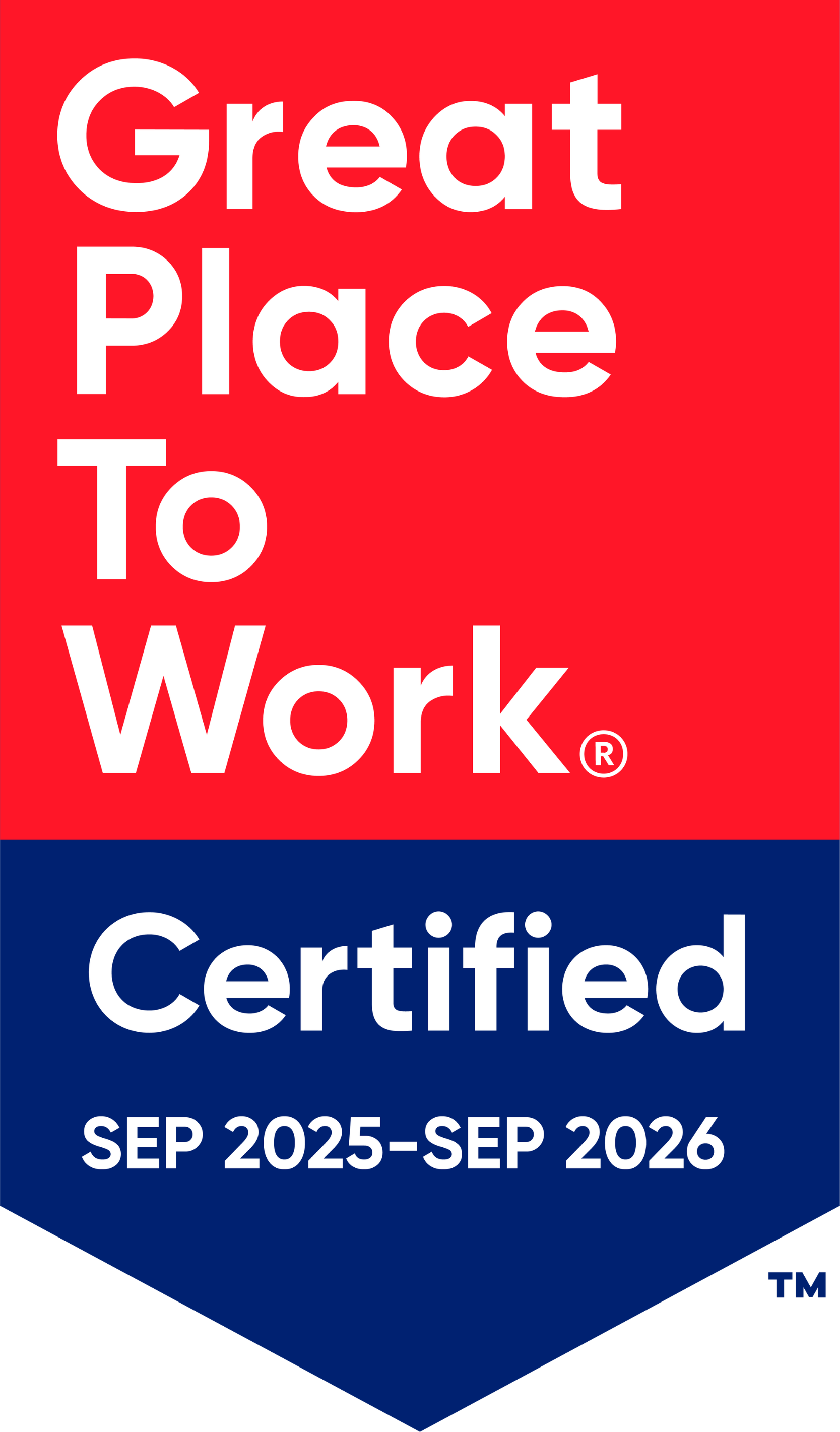How Does Employee Time Tracking Software Support the Evolving Workplace?

The workplace is transforming, with remote work, hybrid setups, and flexible hours replacing traditional 9-to-5 routines. While beneficial, these shifts challenge tracking hours and ensuring accountability, risking inefficiency and employee dissatisfaction without effective systems.
The Impact of Poor Time Management without using Timesheet Software
Imagine a team spread across multiple time zones, working on a critical project. Without a clear process to track hours or measure progress, chaos quickly ensues. Deadlines are missed, workloads are unevenly distributed, and managers struggle to allocate resources effectively. Employees, in turn, feel stressed and overworked, leading to stress and high turnover rates.
Statistics show that poor time management costs U.S. businesses billions of dollars annually in lost productivity and inefficiencies. Without efficient time tracking, even well-intentioned teams can fall into a cycle of disorganization and unmet goals.
How Time Tracking Apps Address Modern Challenges in the workplace?
Time tracking app are more than just a tool for logging hours. It’s a solution that addresses the complexities of today’s workplace. Here’s how it helps businesses stay ahead.
- Building Transparency and Trust:
Transparency is the cornerstone of trust in a modern workforce. Time tracking app enables employees to log their hours and managers to view progress in real time. This removes guesswork and ensures accountability. Instead of micromanaging, leaders can focus on outcomes, creating an environment where employees feel trusted and empowered. - Facilitating Seamless Collaboration:
In a global workforce, coordinating across time zones can be a logistical nightmare. Employee time tracking software helps teams identify overlapping hours, ensuring meetings and collaborative tasks are scheduled effectively. By streamlining communication and workflows, these tools help teams stay connected and productive, no matter where they are. - Managing Employee Stress:
Excessive workload is one of the leading causes of employee dissatisfaction and turnover. A time tracking tool provides insights into workloads, making it easier to identify overburdened employees.Managers can then redistribute tasks and projects, ensuring work is completed efficiently without overwhelming team members. This proactive approach protects employee well-being and fosters a healthier workplace culture. - Enabling Data-Driven Decisions:
Accurate time data is a goldmine for decision-making. From setting realistic project timelines to planning resource allocation, employee time tracking software provides valuable insights. Businesses can identify patterns, optimize processes, and make informed decisions that boost productivity and profitability. - Optimizing Daily and Weekly Tasks:
Accurate time data is invaluable for managing daily and weekly tasks. By tracking how time is spent, teams can prioritize effectively, set achievable goals, and streamline workflows.Time tracking tools reveal patterns, help allocate resources wisely, and ensure tasks are completed on schedule. This structured approach enhances productivity and keeps operations running smoothly. - Manager Approvals:
Time tracking tool simplifies the process of obtaining manager approvals. Providing clear, detailed records of tasks and hours worked makes it easy for managers to review and validate submissions. This ensures transparency, reduces delays, and fosters trust between team members and leadership. With a streamlined approval process, teams can focus more on productivity and less on administrative hurdles. - Tracking Employee Hourly Rates:
Employee time tracking software enables businesses to monitor employee hourly rates with precision. By linking time entries to specific tasks or projects, organizations can calculate costs accurately and ensure fair compensation. This feature helps maintain transparency, manage budgets effectively, and optimize financial planning for both employees and employers.
The Consequences of Ignoring Time Tracking
The risks of neglecting time tracking in the modern workplace extend far beyond minor inefficiencies; they can fundamentally undermine a business’s operations, profitability, and culture. Here’s a closer look at the cascading consequences:
- Missed Deadlines and Project Delays:
Without accurate time tracking, teams often underestimate how long tasks will take or fail to allocate resources effectively. This leads to missed deadlines and project overruns, which can damage client trust and tarnish a company’s reputation.
A single missed deadline might seem minor, but repeated delays can erode client relationships and result in lost business opportunities.
- Employee workload and dissatisfaction:
Time tracking isn’t just about productivity; it’s about balance. When workloads aren’t monitored, some employees may take on more than they can handle while others underperform. This imbalance not only creates frustration but also increases the risk of overwork.
Overworked employees are more likely to disengage, take sick leave, or leave the organization entirely, leading to higher turnover and associated recruitment costs.
- Inefficient Use of Resources:
In a world where every minute counts, inefficiency can be a silent killer. Without a clear understanding of how time is spent, businesses waste valuable resources. Unnecessary meetings, duplicated efforts, and poorly prioritized tasks become commonplace, eating into productivity and profitability. Time tracking provides the clarity needed to identify and eliminate inefficiencies. - Poor Decision-Making:
Accurate data is the foundation of good decision-making. Without insights from time tracking, managers are left to rely on guesswork. This can lead to overestimating team capacity, underestimating project timelines, and making costly mistakes in resource allocation. The lack of actionable data hampers strategic planning and long-term growth. - Legal and Compliance Issues:
Many industries require precise time tracking for compliance purposes, whether it’s to adhere to labor laws, meet client billing requirements, or document project milestones.
Failing to track time accurately can result in legal disputes, financial penalties, and reputational damage. Time tracking ensures businesses meet these obligations seamlessly.
- Loss of Competitive Edge:
Companies that fail to implement time tracking risk falling behind competitors who leverage this tool to optimize operations, enhance client satisfaction, and innovate. The inability to adapt to modern workplace demands can leave businesses struggling to stay relevant. - Tracking Employee Hourly Rates:
Employee time tracking software enables businesses to monitor employee hourly rates with precision. By linking time entries to specific tasks or projects, organizations can calculate costs accurately and ensure fair compensation. This feature helps maintain transparency, manage budgets effectively, and optimize financial planning for both employees and employers. - Not tracking project time:
The lack of accurate time tracking makes it difficult to assess progress, allocate resources efficiently, or identify delays. This can lead to missed deadlines, increased costs, and overall inefficiency. Without clear data, it’s harder to make adjustments in real time, which can ultimately extend project timelines and reduce productivity.
Preparing for the Future of Work
The workplace will continue evolving, and businesses must adapt to stay competitive. Timesheet software is no longer optional; it is essential for navigating the complexities of remote and hybrid work. Future advancements in AI and automation will further enhance these tools, making them indispensable for:
- Predicting workload trends: AI can analyze time data to forecast resource needs and prevent bottlenecks.
- Integrating with existing systems: Seamless integration with project management and payroll software simplifies workflows.
- Personalizing employee experiences: Advanced analytics can provide tailored recommendations to optimize individual productivity.
By embracing these innovations, businesses can create a resilient and adaptable workforce ready to tackle the challenges of tomorrow.
Conclusion
The workplace is changing rapidly, and our tools must keep pace. Timesheet 365 is a solution for today’s challenges and a gateway to a more efficient and balanced future. Don’t let outdated processes hold your team back.
Experience the benefits of modern time tracking firsthand. Start your trial today and take the first step toward building a productive, collaborative, and thriving workplace









_svxLrd-8yH.png)

_2VYSFUTN5m.png)

_JiluXJRGNl.svg)

_2djTKNocf.png)





_Rapo0hRMBy.png)

















